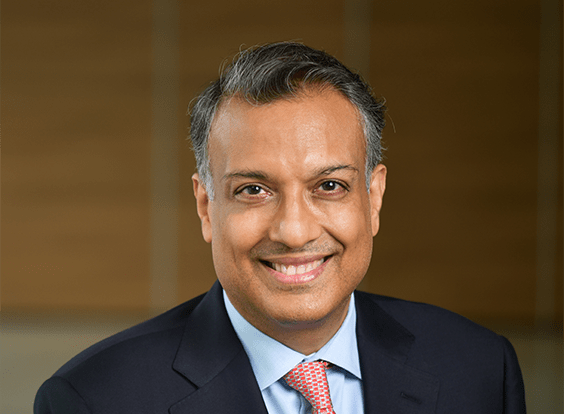Budget 2022, against the backdrop of a reviving economy, has started the process of creating a blueprint for steering the economy towards Amrit Kaal, a 25-year-long period of strong and sustainable growth in the buildup to India’s 100th year of independence.
Outlining four priority areas – PM Gati Shakti, inclusive development, productivity enhancement and climate action, and financing of investments – the Budget is set to stimulate the economy after the pandemic-induced slump. Things are looking up from those darker days, and with a projected GDP growth rate of 9.2% in FY23, India is poised to be the fastest-growing large economy. A falling fiscal deficit (brought down to 6.4% from 6.9%) has prompted the government to present a budget that will enhance the country’s growth through fiscal and financial measures, including an increase in public capital expenditure by an impressive 35.4%.
Reflecting the government’s — and the country’s — digital focus, the FM read out a paperless Budget for the second time. And she followed up the digital statement of intent with clear-cut announcements. These included social infrastructure solutions like digital education, health, banking and skilling; facilitating ease of doing business through digitising land records; enabling single-window clearance through digitalisation; facilitating digital payments through digital invoicing; and the creation of digital currency.
Besides digital, another major focus area has been the creation of infrastructure. It has a force multiplier effect that can propel India towards its $10-trillion economy goal by 2030. With Rs 48,000 crore allocated towards housing; Rs 20,000 crore for expanding the National Highways network by 25,000 km in FY23; and additional resources for the Rs 44,600-crore Ken-Batwa river linking project, these allocations will have a positive cascading effect on employment, GDP growth and government receipts.
Further, financial inclusion has been prioritised by bringing all 1.5 lakh post offices under the purview of banking by the end of 2022. With an aim to improve financial access for MSMEs, the Emergency Credit Line Guarantee scheme has been extended till March 2023. To catalyse more investment in states, Rs 1 lakh crore has been set aside for FY23, which shall be over and above the normal borrowing limits of states.
Energy transition and climate action are the highlights of this Budget. The outlay of Rs 19,500 crore for the solar PLI scheme is a four-fold increase over the initial outlay of Rs 4,500 crore. Grid-scale energy storage has been included in the harmonised list of infrastructure, which will enable greater access to finance for the renewable sector. The Budget also provides for issuance of sovereign green bonds, which will be used to mobilise funds for green infrastructure projects. All these Budget measures will be critical in helping India achieve its 2030 climate goals and maintain strong GDP growth over the longer term.
The author is Chairman & CEO, ReNew
Source: Financial Express



